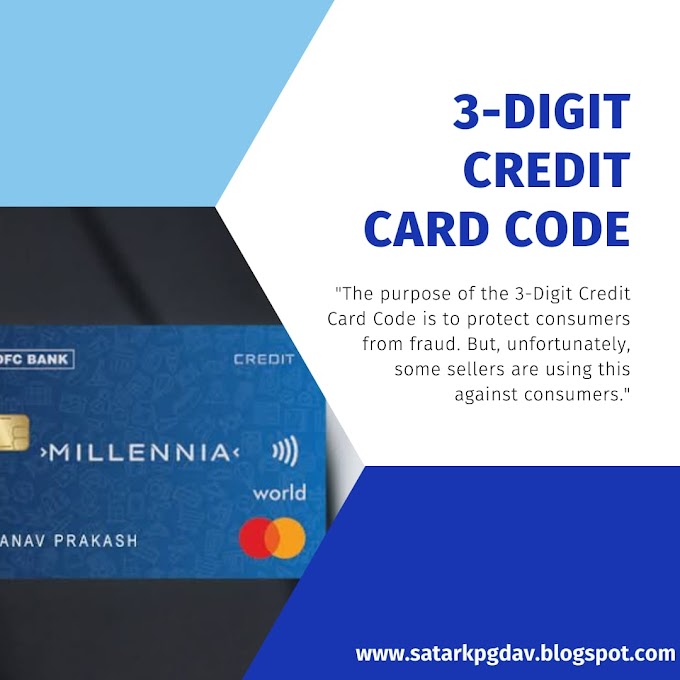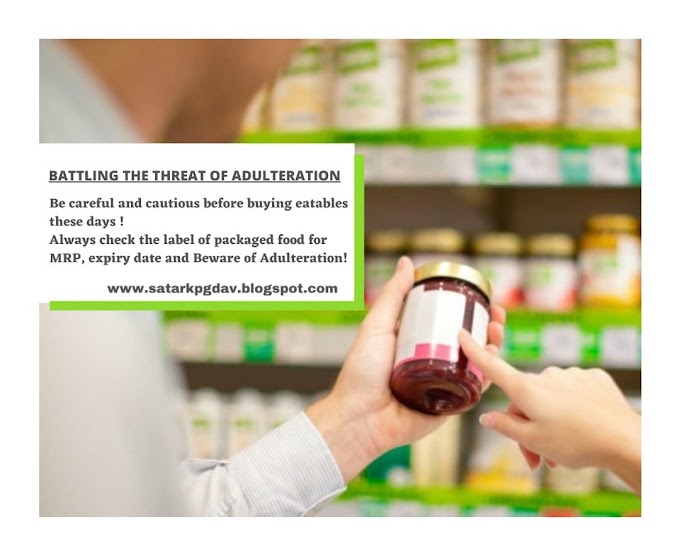“OUR ABILITY TO MANUFACTURE FRAUD NOW EXCEEDS YOUR ABILITY TO DETECT IT.”
Deceitful activities such as identity theft, financial frauds and spoofing that are committed by using Internet are known as ‘online frauds’. Sudden and massive growth has been observed in such cases due to the pandemic. Although more people have started using online modes for transactions and are making cashless payments yet there has been lack of awareness leading to very less digital literacy in India. Ajit Doval, our National Security Advisor said that there has been “exponential increase” in online frauds due to greater dependence on digital platforms because of COVID-19 outbreak. As per the various complaints filed at the cyber crime branches across the country frauds have highly impacted PAYTM probably because local vendors have adopted it, though many Google Pay and Ru Pay customers have also filed many complaints.
Online financial frauds have increased all over the world but India has been affected more. This is possible because of the sudden shift of preference from high currency usage to online payment modes which was followed after Demonetisation in 2016.
Basically there are two ways by which a fraud can take place. In first one the attacker would create a fake website that would direct the consumer to traffic to malicious servers. This is either done through phishing schemes or pharming attacks. In phishing schemes the customer receives a malicious email which seems like an email from business or bank with a link which directs them to imposter sites. These emails mainly mimic logos, signatures etc. of the business or bank to stay connected with the users. Pharming attack tricks the domain name server and redirects the user (who has typed in the correct address) to imposter sites. As soon as the customer reaches the site, cybercriminals can either steal from them, copy their login credentials for future theft, or use them as “mules” to unwittingly transfer money or data from the bank to the malicious servers. The second type of cybercrime attack is MITB (man-in-the-browser). This gets into a customer’s device and comes to action when a specific site is visited. Malwares are injected through these sites to compromise authentic bank sites.
It’s a good idea to start with a strong encryption password as well as a virtual private network. A vpn will encrypt all traffic leaving your device until it arrives at its destination. If cybercriminals do manage to hack your communication line, they won’t intercept anything but encrypted data. It’s a good idea to use a vpn whenever you use a public WI-FI network whether it’s in a library, cafe, hotel or airport. Cyber fraudster do not even have to leave their homes to commit fraud , as they can route communication through local phone companies, long- distances carrier, internet service provider and wireless satellite networks .
Not only consumers are at high risk but also organisations and retailers. To prevent the increasingly numerous fraud spawned by the information age, management must know its vulnerabilities and should be able to mitigate risk in a cost effective manner. Therefore, IT risk should be directly included in the organization overall fraud risk assessment and resulting preventing control. Keeping financial data separate, knowing who’s asking for personal details, keeping passcodes hidden, being aware about phishing emails, and protecting your devices using firewall, anti-spam software and anti-spyware software are five major practices to prevent online frauds. So ,
STAY SMART , STAY SATARK !!
By - Grishita Gola and Vidushi Singh









13 Comments
So informative ✨🔥🙌🏻
ReplyDeleteVery informative n relevant!
ReplyDelete👍
ReplyDeleteInformative as usual 👍🌼
ReplyDelete💯💯💯
ReplyDeleteInformative👍
ReplyDeleteInformative
ReplyDeleteInformative👍👍
ReplyDeleteInformative 💯
ReplyDeleteWell explained💯
ReplyDeleteMore informative 👍
ReplyDeleteInformative ✌️
ReplyDeleteAap humari news website k sath work kr sakte ho.
ReplyDeletehttps://theweeklymail.com/